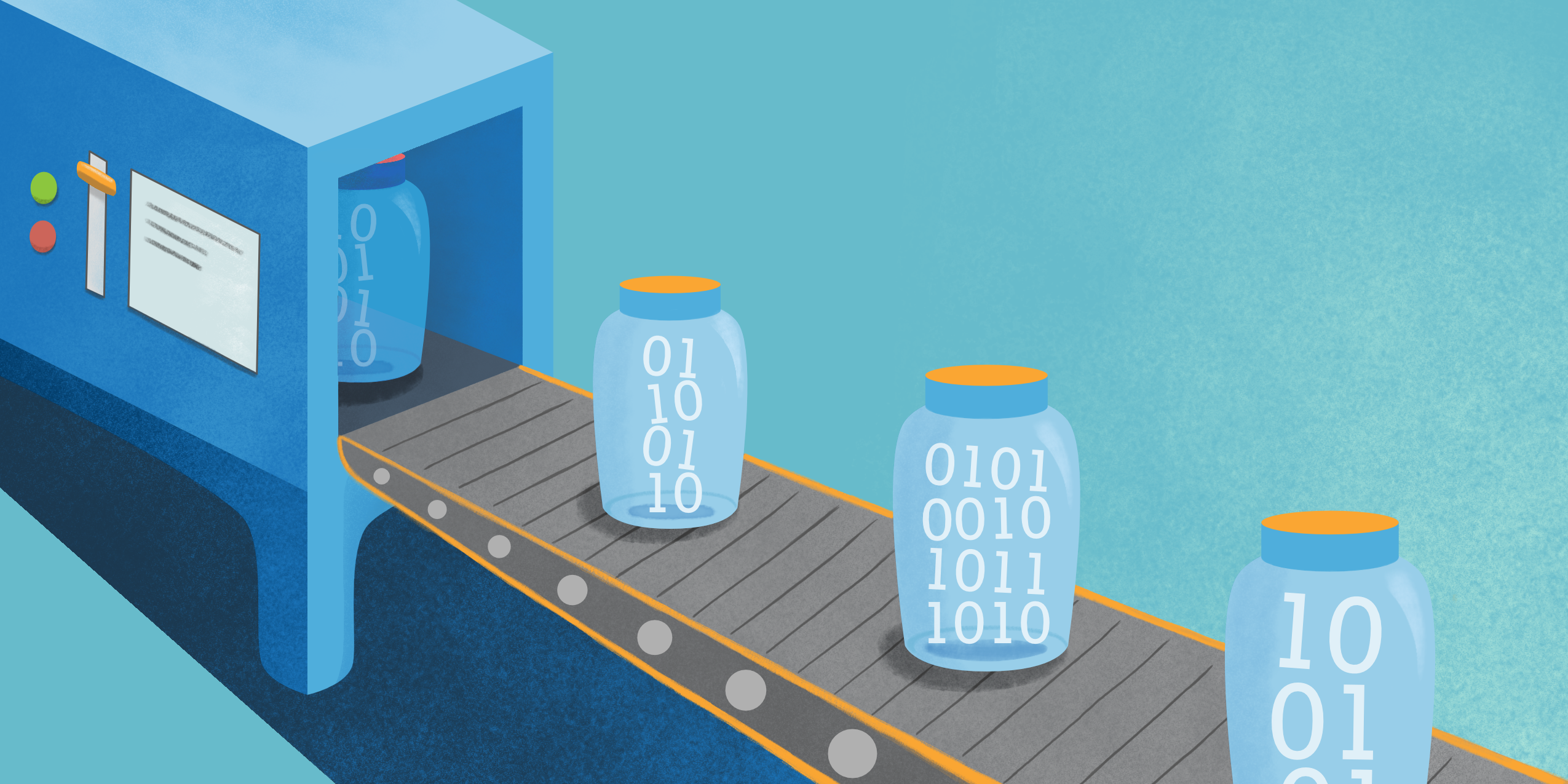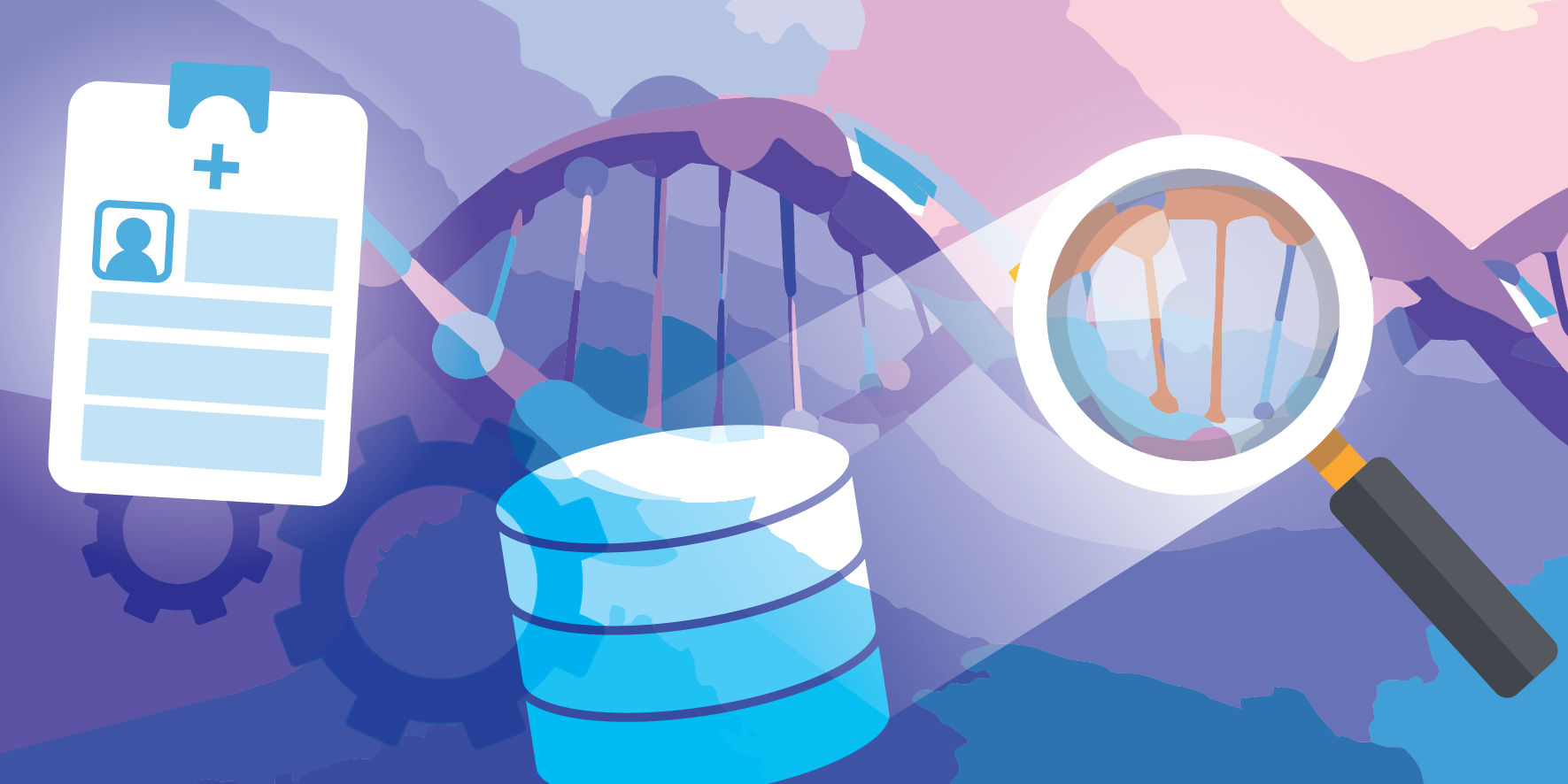About us
Learn how GA4GH helps expand responsible genomic data use to benefit human health.
Learn how GA4GH helps expand responsible genomic data use to benefit human health.
Our Strategic Road Map defines strategies, standards, and policy frameworks to support responsible global use of genomic and related health data.
Discover how a meeting of 50 leaders in genomics and medicine led to an alliance uniting more than 5,000 individuals and organisations to benefit human health.
GA4GH Inc. is a not-for-profit organisation that supports the global GA4GH community.
The GA4GH Council, consisting of the Executive Committee, Strategic Leadership Committee, and Product Steering Committee, guides our collaborative, globe-spanning alliance.
The Funders Forum brings together organisations that offer both financial support and strategic guidance.
The EDI Advisory Group responds to issues raised in the GA4GH community, finding equitable, inclusive ways to build products that benefit diverse groups.
Distributed across a number of Host Institutions, our staff team supports the mission and operations of GA4GH.
Curious who we are? Meet the people and organisations across six continents who make up GA4GH.
More than 500 organisations connected to genomics — in healthcare, research, patient advocacy, industry, and beyond — have signed onto the mission and vision of GA4GH as Organisational Members.
These core Organisational Members are genomic data initiatives that have committed resources to guide GA4GH work and pilot our products.
This subset of Organisational Members whose networks or infrastructure align with GA4GH priorities has made a long-term commitment to engaging with our community.
Local and national organisations assign experts to spend at least 30% of their time building GA4GH products.
Anyone working in genomics and related fields is invited to participate in our inclusive community by creating and using new products.
Wondering what GA4GH does? Learn how we find and overcome challenges to expanding responsible genomic data use for the benefit of human health.
Study Groups define needs. Participants survey the landscape of the genomics and health community and determine whether GA4GH can help.
Work Streams create products. Community members join together to develop technical standards, policy frameworks, and policy tools that overcome hurdles to international genomic data use.
GIF solves problems. Organisations in the forum pilot GA4GH products in real-world situations. Along the way, they troubleshoot products, suggest updates, and flag additional needs.
GIF Projects are community-led initiatives that put GA4GH products into practice in real-world scenarios.
The GIF AMA programme produces events and resources to address implementation questions and challenges.
NIF finds challenges and opportunities in genomics at a global scale. National programmes meet to share best practices, avoid incompatabilities, and help translate genomics into benefits for human health.
Communities of Interest find challenges and opportunities in areas such as rare disease, cancer, and infectious disease. Participants pinpoint real-world problems that would benefit from broad data use.
The Technical Alignment Subcommittee (TASC) supports harmonisation, interoperability, and technical alignment across GA4GH products.
Find out what’s happening with up to the minute meeting schedules for the GA4GH community.
See all our products — always free and open-source. Do you work on cloud genomics, data discovery, user access, data security or regulatory policy and ethics? Need to represent genomic, phenotypic, or clinical data? We’ve got a solution for you.
All GA4GH standards, frameworks, and tools follow the Product Development and Approval Process before being officially adopted.
Learn how other organisations have implemented GA4GH products to solve real-world problems.
Help us transform the future of genomic data use! See how GA4GH can benefit you — whether you’re using our products, writing our standards, subscribing to a newsletter, or more.
Join our community! Explore opportunities to participate in or lead GA4GH activities.
Help create new global standards and frameworks for responsible genomic data use.
Align your organisation with the GA4GH mission and vision.
Want to advance both your career and responsible genomic data sharing at the same time? See our open leadership opportunities.
Join our international team and help us advance genomic data use for the benefit of human health.
Discover current opportunities to engage with GA4GH. Share feedback on our products, apply for volunteer leadership roles, and contribute your expertise to shape the future of genomic data sharing.
Solve real problems by aligning your organisation with the world’s genomics standards. We offer software dvelopers both customisable and out-of-the-box solutions to help you get started.
Learn more about upcoming GA4GH events. See reports and recordings from our past events.
Speak directly to the global genomics and health community while supporting GA4GH strategy.
Be the first to hear about the latest GA4GH products, upcoming meetings, new initiatives, and more.
Questions? We would love to hear from you.
Read news, stories, and insights from the forefront of genomic and clinical data use.
Attend an upcoming GA4GH event, or view meeting reports from past events.
See new projects, updates, and calls for support from the Work Streams.
Read academic papers coauthored by GA4GH contributors.
Listen to our podcast OmicsXchange, featuring discussions from leaders in the world of genomics, health, and data sharing.
Check out our videos, then subscribe to our YouTube channel for more content.
View the latest GA4GH updates, Genomics and Health News, Implementation Notes, GDPR Briefs, and more.
Discover all things GA4GH: explore our news, events, videos, podcasts, announcements, publications, and newsletters.
17 Dec 2019
The GA4GH Steering Committee has approved the Data Repository Service (DRS) API, a standardized set of access methods that are agnostic to cloud infrastructure. The DRS API completes the suite of approved APIs from the GA4GH Cloud Work Stream, which work together to allow researchers to discover algorithms across different cloud environments and send them to datasets they wish to analyze.

The GA4GH Steering Committee has approved the Data Repository Service (DRS) API, a standardized set of access methods that are agnostic to cloud infrastructure. The DRS API completes the suite of approved APIs from the GA4GH Cloud Work Stream, which work together to allow researchers to discover algorithms across different cloud environments and send them to datasets they wish to analyze.
Currently, the process for retrieving data from a repository is complex and inefficient. Repositories have become crowded with files of data. In order to analyze remote genomic data, consumers must first retrieve files using the available “access tools”—tools that port data to an environment suitable to conduct analyzes. However, the access tools available to consumers are not guaranteed to work with the data they want, so a desired dataset may never reach its intended recipient or be used as input for downstream analyses.
“With this process, data providers drop their data into a sort of ‘ocean of files’ that float around aimlessly,” said Cloud Work Stream Co-Lead, Brian O’Connor, who is Director of the Computational Genomics Laboratory at the University of California, Santa Cruz.
The DRS API addresses this problem, allowing consumers to access data regardless of the underlying architecture of the repository in which it is stored. DRS gives a dataset a unique ID mapping to one or more access methods for retrieving it. Since DRS clients can access data from any DRS web service, the API reduces the need to create new access tools.
“DRS provides a generic interface for data repositories that enables access to data in a single, standard way, so the ocean of data files becomes an organized file cabinet,” said Cloud Work Stream Co-Lead, David Glazer, who is the Engineering Director at Verily.
The API has been implemented in the Broad Institute Terra Data Repository, Seven Bridges Cancer Genomics Cloud, Seven Bridges Cavatica, and the iRODS Consortium—cloud platforms where researchers can access, share, and analyze biomedical data. In the coming months, the Cloud Work Stream plans to generate a DRS registry on its GitHub workspace, and improve the integration features between DRS and the existing Workflow Execution Service (WES) API. This would allow users to first access a dataset via DRS, then use it as input for a workflow.
Overall, the DRS API serves as a bridge between access tools and otherwise siloed data, and saves data consumers time and effort. The Cloud Work Stream suite of APIs work together to ease the process of sharing and accessing data, and increase the volume of analyzed data.
“We developed these technical standards that make it easier for researchers to use and reuse data that has already been collected,” said Glazer. “In doing so, the research community will be less wasteful with the deluge of genomic data that exists today, as we will finally be able to harness formerly inaccessible datasets through interoperable access tools and platforms.”
